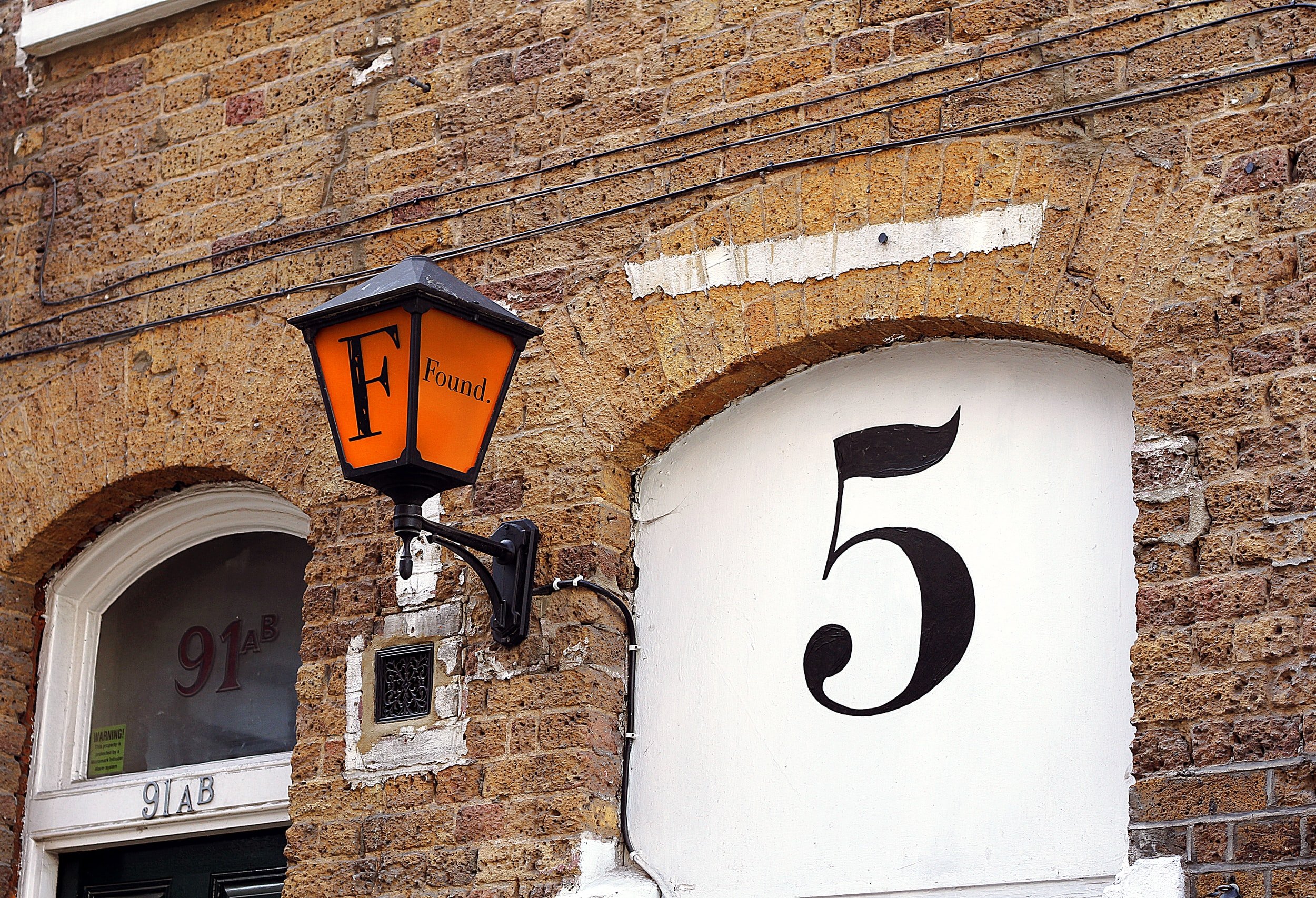4 Daily Practices to Boost Your Stoic Courage and Resiliency
Click a button below to follow the LIVE Without Borders podcast for free
Quick reminder in case you need it…Even if you don’t feel like a particularly courageous person, you’ve acted bravely at some point in your life. Maybe you stood up for someone. Traveled solo. Moved abroad. Said no. Admitted when you were wrong. Jumped out of a plane. Cried in front of someone.
You have what it takes to show up courageously every day, but that doesn’t just magically happen. Here are four daily practices you can do to build your courage (a core Stoic virtue) and resiliency.
Courageous embodiment
One way to cultivate feelings of courage is to connect with our previous courageous acts.
Recall a time when you were courageous.
Stay with this memory and really sink into it.
What physical sensations and emotions are coming up? Stay with those. Maybe you’re feeling a swelling of the heart. Feelings of love. Justice. Protection. Adrenaline.
Why was it important for you to be courageous in that moment? What did it mean to you?
How did you move your body? What was your posture like? Did you stand up straighter?
Stay with this for a few seconds and really feel into the experience. Intensify the sensations if you can.
That’s an embodied approach to cultivating courageous feelings. It’s a practice you can keep coming back to when you need a bravery boost. You’ve got what it takes. You’ve been here before. You can do this.
The 5-Second Rule
You might also want to try out Mel Robbin’s 5 Second Rule (she has a book of the same name). The story goes that she was unhappy with her life and in a rut, and then she saw a commercial that had a 5-4-3-2-1 rocket blast off countdown. She decided that’s how she wanted to live her life, with a five-second countdown to action, with no time for worrying.
““The moment you have an instinct to act on a goal, you must 5-4-3-2-1 and physically move or your brain will stop you,” she says.
Her book focuses a lot on goals, but also courage:
“I get a lot of questions about public speaking and specifically how did I get over my fears and nerves about public speaking. My answer always surprises people: I have never gotten over my fears and nerves; I just use them to my advantage…here’s the trick: I don’t call it ‘nerves.’
I call it ‘excitement’ because physiologically anxiety and excitement are exactly the same thing...Fear and excitement are the exact same thing in your body. The only difference between excitement and anxiety is what your mind calls it.
The first time I ever really gave a legitimate speech was that TEDx Talk in San Francisco. I remember standing backstage listening to one PhD after another PhD give their talks, thinking to myself, ‘This is the dumbest thing I’ve ever gotten myself into. I am going to sound like a complete moron compared to these smart people.’
My palms were sweaty. My heart was racing. My face was hot. My armpits were dripping like Niagara Falls. My body was preparing itself for ACTION! It was getting ready to do something. But I told myself that I was nervous. I labeled all those sensations as a sign that something bad was about to happen and the nerves got worse.
Want to know something wild? Six years and hundreds of speeches later… I still feel the EXACT same things in my body back stage. My palms sweat. My heart races. My face gets hot. My armpits start dripping. Physiologically, I’m in a state of arousal. I’m about to go into ACTION and my body is getting ready. I feel the exact same thing as fear, I just channel it in a positive direction.”
You might already be trying something like this. Years ago at this point, I interviewed Jen Glantz, the traveling bridesmaid-for-hire, who said that when it came to making new friends in new places, she gave herself five seconds to say hi to someone when she walked into a new place, like a yoga class.
Premeditatio malorum
The Stoics practiced building their resiliency in the good times, so they would be prepared when the hard times hit. They called this premeditatio malorum, the premeditation of adversity. Donald Robertson has a great audio meditation that walks you through this.
Essentially, you imagine a situation that makes you uneasy from beginning to end as if it’s happening right now. You might want to take a few deep belly breaths, exhaling longer than you inhale, to relax. This is a calm contemplation; it’s not about rumination.
Close your eyes and experience the scene with your senses. What sensations are you feeling internally? What emotions? What thoughts are popping up in your mind? Observe the situation like a detached scientist. You’re just making observations, not stifling or judging anything that comes up.
And then you can challenge those observations by reminding yourself that “it’s not things that upset us, but our judgements about those things,” and reflecting on what is up to us and what’s out of our control. What are you making this situation mean? What’s another way of looking at this? What’s true? What matters?
The idea is to repeat this exercise more than once in a sitting, and then daily, to help us achieve a more serene state of mind (apatheia = “a state of mind in which one is not disturbed by the passions”), build your courage, and prepare you for future adversity.
“However,” as Donald Robertson says, “the most important thing for a Stoic is to calmly evaluate whether the thoughts and feelings that you experience in response to apparent ‘adversity’ refer to things that are ‘up to’ you or not. If they’re about external things, the Stoic practice is to remind yourself that these are neither good nor bad, but ultimately indifferent with regard to your moral character and wellbeing. Over time, begin to ask yourself how a perfectly wise and just person, with complete self-control, would respond when faced with the same situation you’re imagining.”
“If you would not have a man flinch when the crisis comes, train him before it comes.”
I talk to people all the time who are afraid of podcasting, blogging, and posting on social media because, “What if someone says something mean?”
It’s a legitimate concern, if that is your biggest fear, because these days, there’s a good chance someone will say something rude. And that hurts if you don’t build up your emotional resiliency.
But why should other people’s opinions be your biggest concern?
In the Meditations, Marcus Aurelius talks about how we’re kind of obsessed with ourselves, and yet we care more about what others think about us than what we think about ourselves.
Comfort challenges to stop caring what others think
Self worth shouldn’t be tied to what strangers say on the Internet. It should be determined by how you live your life. What you think about you.
In addition to managing our mind with mental exercises, how else can we mitigate our fears of being judged?
At the beginning of his philosophical training, Zeno, the founder of Stoicism, had to learn to get over his fear of embarrassment. His teacher Crates (a Cynic, which was a philosophical school and not the modern adjective) made Zeno walk around town with a bowl of lentil soup, which made him feel foolish. When he tried to hide it, Crates smashed it, with soup splattering everywhere, to try and help Zeno get over his discomfort and see that this wasn’t a big deal.
And that became part of Stoic practice, a kind of exposure therapy to help us work through our vices. This can be stretching out of your comfort zone with meaningful challenges, like getting on stage, and also sillier practices. Podcaster and lover of Stoicism Tim Ferriss calls these ‘comfort challenges,’ one of them being to lay down on the sidewalk for 10 seconds and then to get up and go about your business.
5-4-3-2-1 — get out of your comfort zone. Cultivate feelings of courage by tapping into your previous brave acts, and take courageous action now to keep moving forward.
If this day were your last, would you be satisfied with how you’ve lived it?
If you’re looking for more peace, clarity, and positive transformation in your life, I’m here to help.
Hi. I’m Sarah Mikutel and, using tools like the Enneagram and Stoicism, I help my coaching clients reduce their anxiety and overwhelm, strengthen their relationships, and shift from uncomfortable stalemate to confident action.
You will never have this day again. It’s time to make every moment matter.












